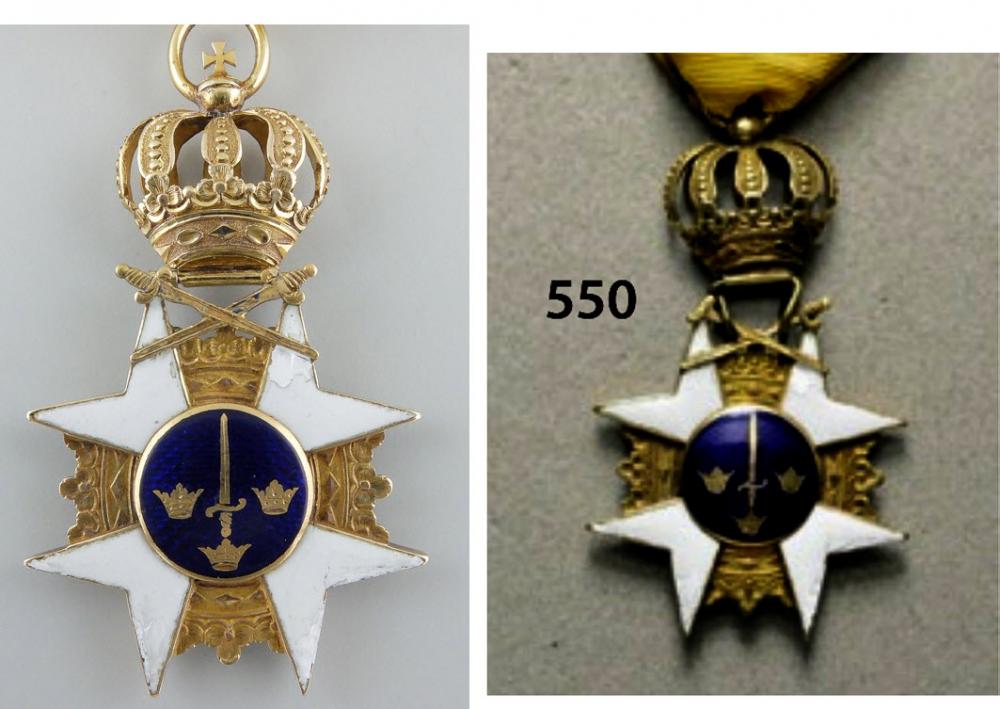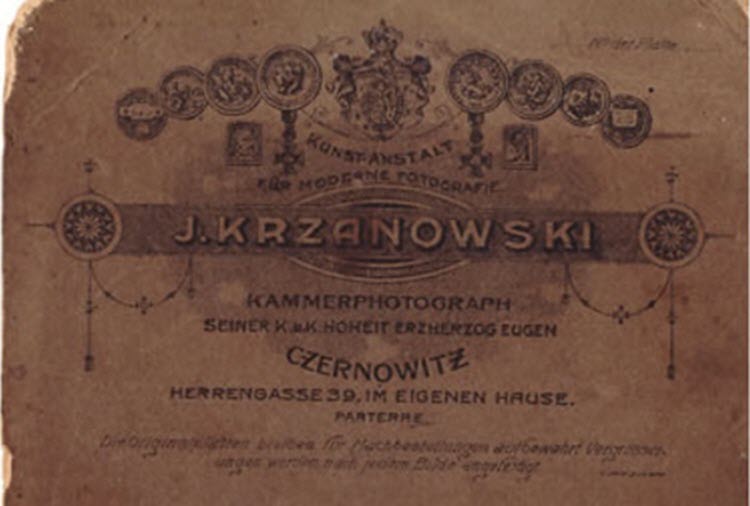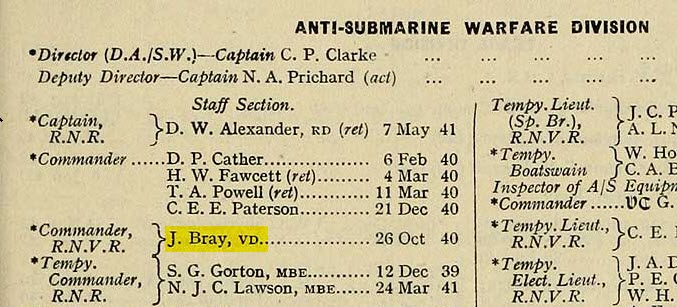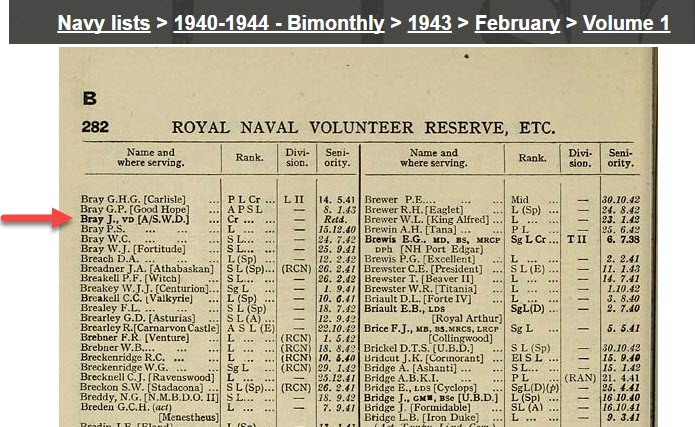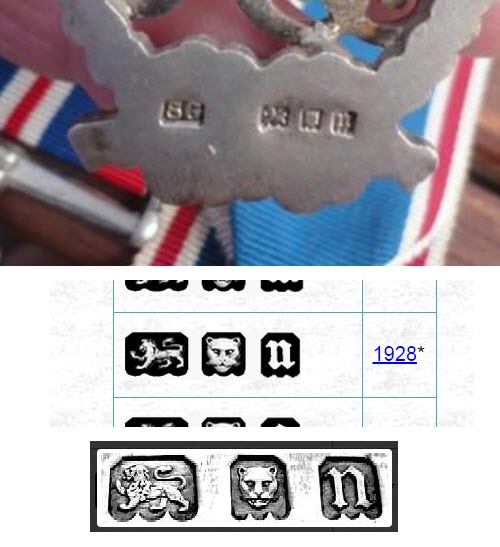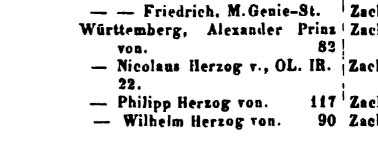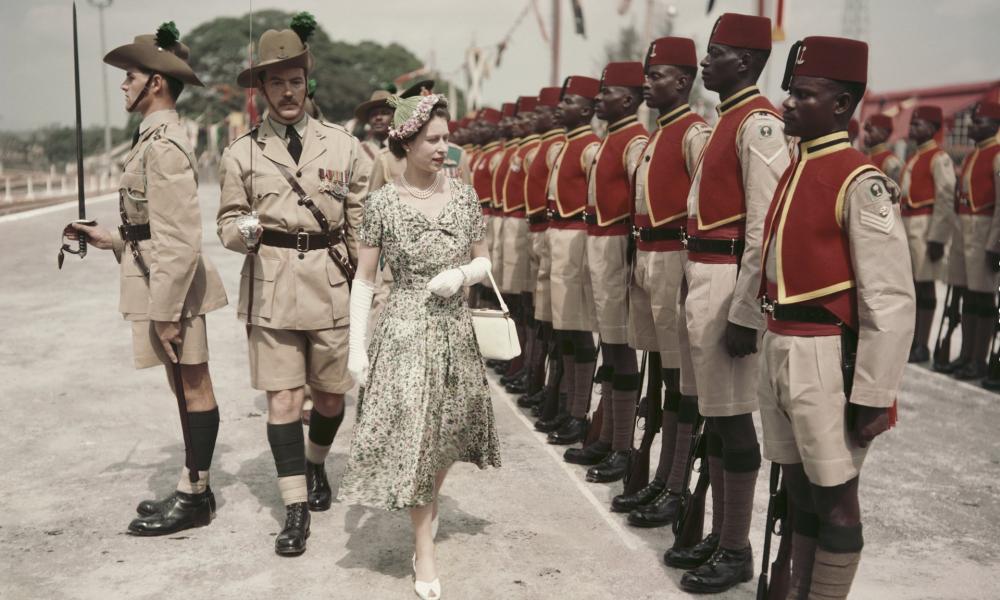-
Posts
581 -
Joined
-
Last visited
-
Days Won
2
Content Type
Profiles
Forums
Blogs
Gallery
Events
Store
Everything posted by Trooper_D
-
Am I being harsh in thinking that the enamel on this example is really rather inferior, particularly when compared to the examples in post #6? I wonder how it justifies Spink's assessment very fine?
-
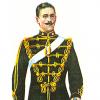
Imperial Russia List of recipients of St George cross - Imperial Russia
Trooper_D replied to AlexHK's topic in Russia: Imperial
Karas Thank you for these additional details about Marquis Georgii Fedorovitch degli Albizzi, who seems to be one of those quirks of Military History which make our hobby so interesting! -

Imperial Russia List of recipients of St George cross - Imperial Russia
Trooper_D replied to AlexHK's topic in Russia: Imperial
Thank you, Karas, for this fascinating account of the action in which your great-uncle won the St George Cross. I must confess I had a bit of difficulty understanding the details but one jumped out at me: why on Earth was 'the Italian Marquis GF. Dalli Albizzi' present at this skirmish? -

Sweden SWEDEN ORDER OF THE SWORD - OLD MODEL
Trooper_D replied to Graf's topic in Northern European & Baltic States
Thanks for that confirmation, Michael. It was my last hope for a rational explanation -

Sweden SWEDEN ORDER OF THE SWORD - OLD MODEL
Trooper_D replied to Graf's topic in Northern European & Baltic States
What a thought-provoking example, Great Dane. I suppose I can persuade myself to see differences between the two crosses but, they are so alike (and I think I can see one or two additional similarities you didn't highlight), is it possible that the Chapter of the Orders misunderstand your query? Assuming for the moment that they didn't, how can we account for two crosses with almost identical flaws and dings? Do we think that they are flaws in the manufacturing process which are common to all crosses produced at the time, perhaps? -

Sweden SWEDEN ORDER OF THE SWORD - OLD MODEL
Trooper_D replied to Graf's topic in Northern European & Baltic States
I'm certain of it, Christian. Even though the image in the auction catalogue isn't the best, by exaggerating the tones, it is possible to see most of the enamel damage on the eMedals example, as is apparent in the attached comparison. This is most obvious on the 'S' on its side shaped edge of the repair work on the upper right arm of the cross. -

Sweden SWEDEN ORDER OF THE SWORD - OLD MODEL
Trooper_D replied to Graf's topic in Northern European & Baltic States
Thanks for this reference, Yankee, which is most helpful. I am not sure that the Benemerenti catalogues are on line so I wonder if anyone might have a scan they could post, please? [edited to add: I have now discover that they are online and I have now downloaded the catalogue for auction #9]. -

Sweden SWEDEN ORDER OF THE SWORD - OLD MODEL
Trooper_D replied to Graf's topic in Northern European & Baltic States
Hi Yankee. I am not sure how what you write contradicts Christian's observation. Could you, perhaps, expand, please? It is not just the enamel damage which Christian has ringed which is the same, I can spot perhaps five or six other commonalities, including the 'spot' under the right hilt, which is evident in the earlier black & white photo (but is covered by the red ring in Christian's comparison). I would be interested in hearing your further thoughts. -
Thanks for posting these, Nick. I am always struck by the elegant simplicity of the Order of Merit of the Austrian First Republic.
-
Good job, Alex. I am struck by how remarkable well-nourished the sergeant looks, considering it is war time and at the height of rationing!
-

Austria-Hungary Mystery Feldjägerbataillon badge
Trooper_D replied to Trooper_D's topic in Austro-Hungarian Empire
Alan I have attached a digitally enlarged version of the image of the reverse shown in the first post. In it you can better see that the studio was located in Czernowitz, what is now Chernivtsi in western Ukraine but was then in the KuK province of Bukovina. As to when it was taken, there is nothing on the photo to indicate, sadly. Update: You can find out more about the photographer at the following website; it might help you date the photo, http://www.museumoffamilyhistory.com/czernowitz-photo-studios.htm -

Austria-Hungary Mystery Feldjägerbataillon badge
Trooper_D replied to Trooper_D's topic in Austro-Hungarian Empire
Welcome, Alan. Glad you liked the photo We know that he was a Feldwebel because of the three stars and the lace border on his collar. Google 'Rank insignia of the Austro-Hungarian armed forces' and you should find many web pages with an explanation of these badges of rank. What are you hoping to find there? I ask because I am not sure where I have put the photo and, even if I could find it, it wouldn't show you anything you can't see in the image in the first post, I don't believe -

1537 H.A.C. 1897 Silver Gilt medal
Trooper_D replied to Asil76's topic in Great Britain: Orders, Gallantry, Campaign Medals
I think you are probably right. With so few of these about, it's difficult to get a sense of the value of a single, unattributed medal. However, I don't think that this is a case of rare = valuable But, all that aside, as you and others have remarked, a nice example of craftsmanship. -

1537 H.A.C. 1897 Silver Gilt medal
Trooper_D replied to Asil76's topic in Great Britain: Orders, Gallantry, Campaign Medals
Asil76 This is the HAC's 350th Anniversary medal. Another example can be seen here: https://www.dnw.co.uk/auction-archive/lot-archive/lot.php?department=Medals&lot_id=168478 -
Welcome, Guy. I hope that this is the first of many from your collection that you will post here. If so, this looks like it is going to be an interesting thread and I, for one, am looking forward to it!
-

RNVR bar for review
Trooper_D replied to Egorka's topic in Great Britain: Orders, Gallantry, Campaign Medals
... and if he is your man, volume 2 (p. 295) of the same Navy List shows that he was assigned to the Anti-Submarine Warfare Division. Source: http://digital.nls.uk/british-military-lists/pageturner.cfm?id=93093690&mode=fullsize -

RNVR bar for review
Trooper_D replied to Egorka's topic in Great Britain: Orders, Gallantry, Campaign Medals
Egorka I wonder if this is your man (VD being the abbreviation for the Royal Naval Volunteer Reserve Decoration). Annoying that only the initial of his first name is given! Source: http://digital.nls.uk/british-military-lists/pageturner.cfm?id=93081410&mode=fullsize -

RNVR bar for review
Trooper_D replied to Egorka's topic in Great Britain: Orders, Gallantry, Campaign Medals
Paul To my eye, it looks like a lower case gothic or Black Letter 'n', which would make it 1928, with the maker being Garrards, of course. Source: http://www.silvermakersmarks.co.uk/Dates/London/Cycle 1896-1915.html -

Need help with recognizing Austrian royalty
Trooper_D replied to Von Thronstahl's topic in Austro-Hungarian Empire
Von Thronstahl The pencil caption to the first photo says 'Wurt[t]emberg', doesn't it? That being the case, the 1866 (for example) Schematismus lists four members of the family in Austrian service. https://archive.org/stream/militrschematis02austgoog#page/n1096/mode/1up -
I would never have expected to find an article setting out the experiences of a 1950s National Service officer seconded to the Royal West African Frontier Force in that bastion of post-colonial liberalism, The Guardian. I was delighted, therefore, to find this: https://www.theguardian.com/artanddesign/2016/oct/07/queen-commonwealth-tour-nigeria-thats-me-in-picture not least for the magnificent photograph of the Queen inspecting a RWAFF Guard of Honour, which shows very clearly the uniforms of the locally-enlisted troops and the European officers (as usual, click to see a larger version).
-

Help identify military ranks in a memorial board
Trooper_D replied to Larissa's topic in Austro-Hungarian Empire
Thank you so much, Sommerfeld, for pointing me to this resource, which I wasn't aware of and which, after a quick investigation, I realise is an important source for anyone researching the Austria-Hungary forces in WW1. For anyone who has never seen these Verlustlisten (Casualty lists) before, they can be accessed online via the links below. Each has a slightly different interface but each had its merits. State Library of Upper Austria (colour): http://digi.landesbibliothek.at/viewer/resolver?urn=urn:nbn:at:AT-OOeLB-1723425 Austrian National Library (monochrome): http://anno.onb.ac.at/cgi-content/anno?aid=vll -

Help identify military ranks in a memorial board
Trooper_D replied to Larissa's topic in Austro-Hungarian Empire
Thanks for the correction, Wraith42. -

Help identify military ranks in a memorial board
Trooper_D replied to Larissa's topic in Austro-Hungarian Empire
Sommerfeld May I ask where the first image comes from, please? I note the discrepancy (LIR 84 and LIR 34) between the two sources but I imagine that the death notice is correct (perhaps a typo in the first source). -

Help identify military ranks in a memorial board
Trooper_D replied to Larissa's topic in Austro-Hungarian Empire
Welcome, Larissa. Here's a start for you: Franz Teucher was a Lt. Colonel (Obstlt = Oberstleutnant). Dr Joseph Kalapos was a doctor with the rank of Colonel (Ob. Arzt = Oberstarzt). In 1912 he was attached to the 60th KuK Infantry Regiment. Others here will correct or/and add to what I have stated and, perhaps, give some IDs, I am sure.


